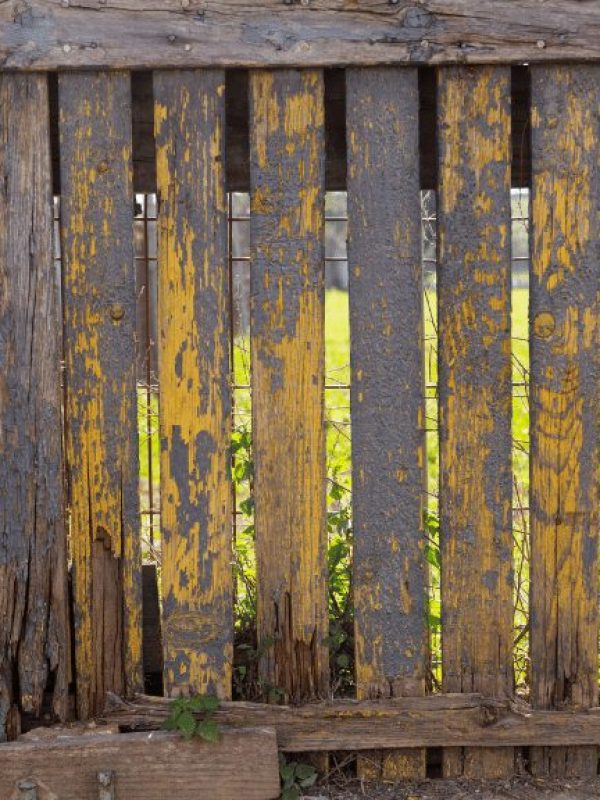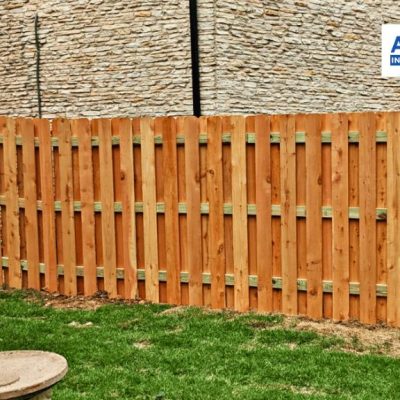Permits and Regulations in Austin
Before you install a chain link fence in Austin, it’s important to be aware of local building codes and regulations that may affect your project. The city often requires permits for fence installations, especially if your fence exceeds a certain height or is located in a designated area. Specific requirements may dictate how corner posts and end posts are installed, as well as the approved materials and placement of your link fence.
To ensure your chain link fence is installed in compliance with Austin’s ordinances, it’s a good idea to consult with the City of Austin’s planning department. They can provide guidance on necessary permits, inspections, and any restrictions that may apply to your property. Taking the time to understand and follow local building codes not only helps you avoid fines and delays but also ensures your fence is safe, secure, and built to last.
Terrain and Installation Challenges
The terrain of your property can play a significant role in the installation process of a chain link fence. Uneven ground or rocky soil can make digging post holes more challenging, often requiring a post hole digger or even specialized equipment to get the job done right. In these situations, you may need additional materials, such as thicker wire or sturdier posts, to ensure your fence remains stable and secure.
Installation on difficult terrain can also increase labor costs and extend the timeline of your project. It’s important to assess the ground conditions before starting, as rocky soil or sloped areas may require more hardware and support to properly anchor the posts. By planning for these challenges and budgeting for any extra materials or labor, you can ensure your chain link fence is installed safely and stands up to the elements for years to come.


